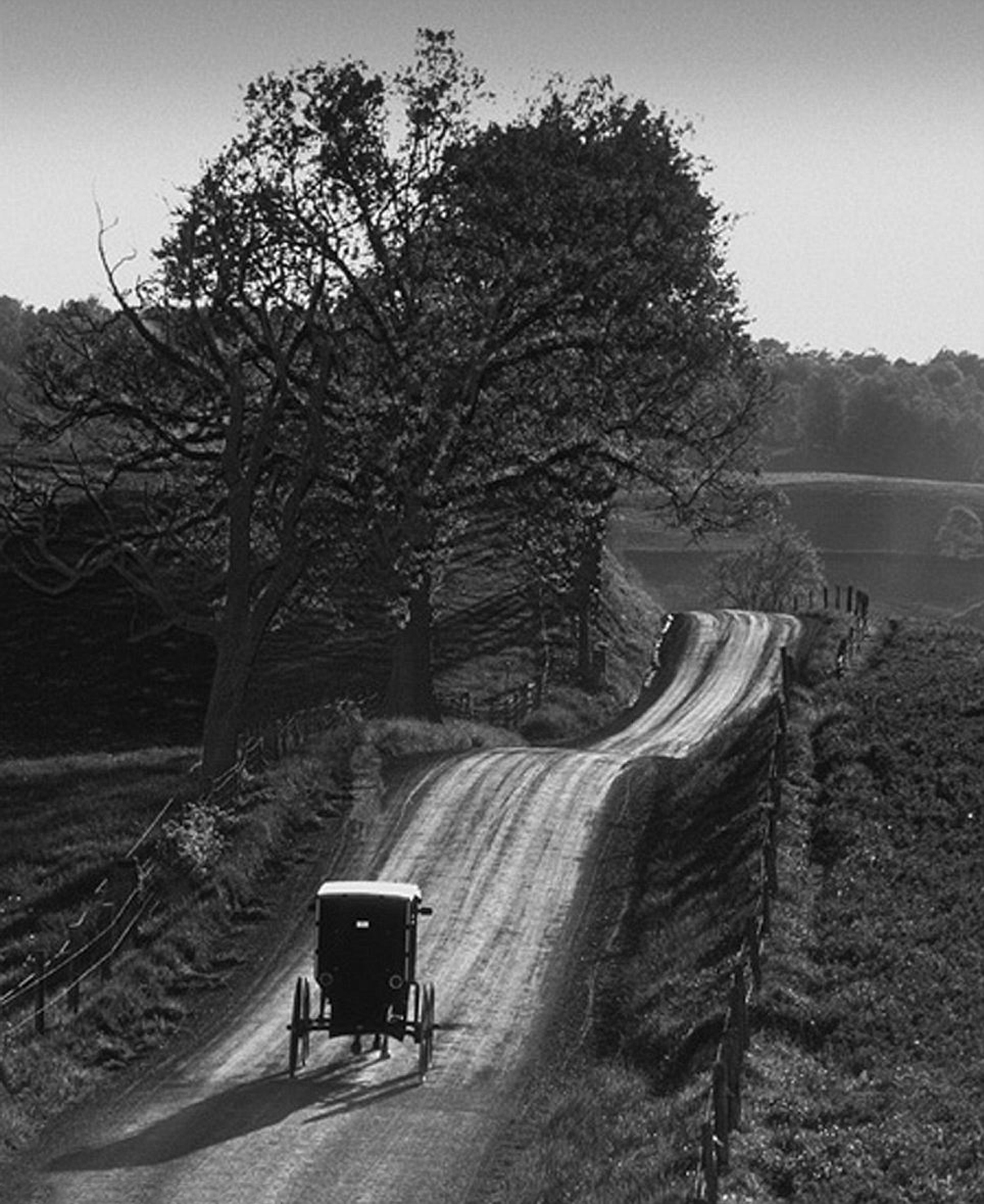
I spend a good amount of time reviewing technology and business innovations, and helping companies define, measure and articulate the value of new products and business models. Most of these interactions are exciting and challenging, as many of these new ideas are highly creative and demonstrate a serious attempt to create value for businesses, improve the quality of life of individuals and communities, and protect the environment.
On the other hand, too many of these innovations can be categorized simply as frivolous and wasteful, of the type that grabs headlines at the annual CES gathering but go nowhere and end up at top of the junk heap.
But telling the promising from the pointless, and the useful from the wasteful, isn’t always easy. It is certainly challenging to explain to a young bright-eyed and bushy-tailed entrepreneur why his idea may be “cool” but offers no meaningful value.
An old NPR podcast from 2013 about the Amish community triggered some musings about discovering and establishing the value of technology innovation.
The Amish Way
Many outsiders assume the Amish reject all new technology outright. That’s simply not true, according to Donald Kraybill, professor at Elizabethtown College and co-author of The Amish. While some parts of the Amish community are more conservative and shun technology, others are more open. In recent years, the Amish have been embracing new technology at a growing rate, in part because more of them are no longer farmers: they are entrepreneurs, contractors, and small business owners.
Technology-loving modern society assumes newer technology is always better and tends to believe it is inherently good and useful. Not the Amish, says Kraybill: “The Amish don’t buy that. They’re more cautious — more suspicious — wondering is this going to be helpful or is it going to be detrimental? Is it going to bolster our life together, as a community, or is it going to somehow tear it down?”
The process of evaluating and adopting technology takes place from the bottom up. People try out new technologies and then he leaders determine whether this new technology is acceptable or could hurt the Amish way of life.
In recent years, the answer has been a balance between the value offered by technology and the need to maintain the Amish traditional values and way of life. While a phone and an answering service in the office is useful to drive business, it is not allowed in the house. The accounting or word processing software running on personal computers sans Internet connection, music and video, improves productivity, but does not threaten the lives the Amish want to lead.
Value of Technology Innovation
The Amish community isn’t indiscriminately anti-technology, just more thoughtful. While their perspective about “positive disruption” and potential risks to society may differ from those of other parts of American society, the evaluation of new technology focuses not on raw functionality and how “cool” it may be, but rather on the benefits (and potential risks) it may bring.
Thinking about your next innovative and disruptive product idea? We all need to be more diligent in asking “who cares?” How is this innovation useful? and to whom? What is the business outcome promise?
Image: Another America (Robert Weingarten, 2014)
